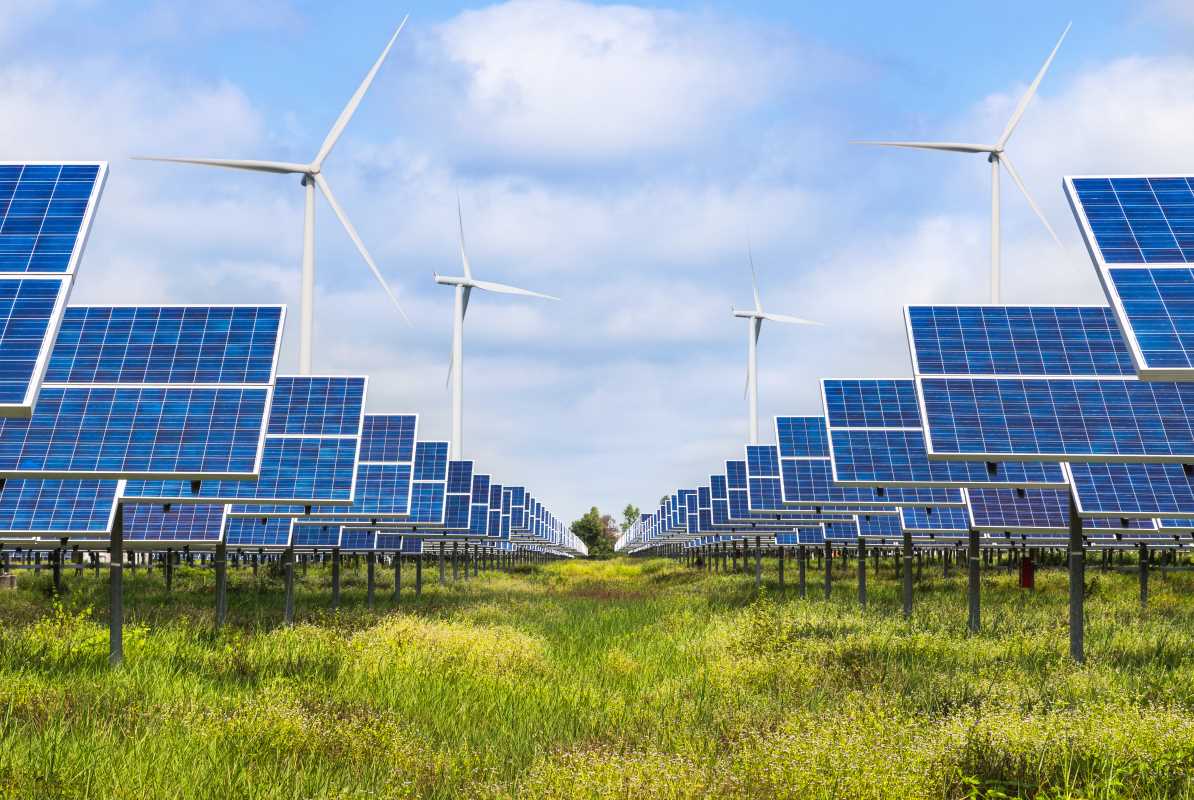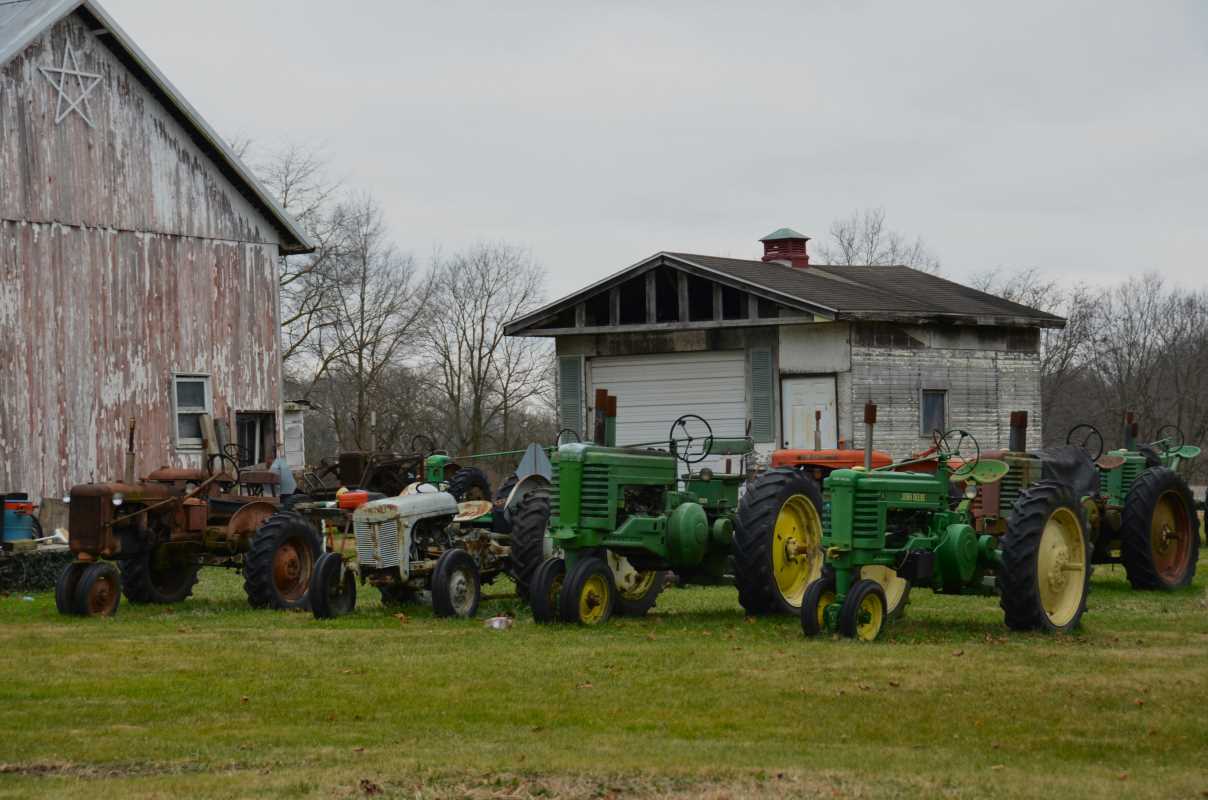Renting your land for renewable energy projects opens the door to reliable earnings while supporting clean power initiatives. Open spaces can become productive sites for wind turbines, solar arrays, or bioenergy plants that benefit both your finances and the environment. Take time to clarify your objectives, research local regulations, and collect information about sun exposure, wind patterns, or crop production on your property. Careful preparation helps you approach negotiations with confidence so you can reach an agreement that suits your needs and makes the most of your land’s potential.
Start by gauging your property’s strengths. A cleared, south-facing field may suit solar arrays. Rolling hills with strong wind currents work for turbines. Fields near processing plants can host bioenergy crops. Getting solid data protects you from lowball offers and helps developers plan projects that deliver reliable power.
Assessing Your Land’s Renewable Energy Potential
First, secure a professional site assessment. A certified engineer or energy consultant measures solar irradiance, compiles wind speed maps and tests soil for bioenergy crops. Their report highlights hotspots on your land where installations deliver maximum output. Use this data to compare offers from multiple developers.
Next, consider grid access. Proximity to transmission lines and substations cuts connection costs dramatically. If your property lies far from existing infrastructure, estimate trenching and line extension expenses. Comparing these costs helps you choose between energy types and negotiate better lease rates.
Understanding Lease Agreement Basics
Leases for renewable projects differ from traditional farm or grazing agreements. They often span 20 to 30 years, with renewal options. Make sure the term suits your long-term plans—selling, dividing or passing the land to heirs can complicate a lengthy lease. Include clear exit clauses if conditions change.
Review these core lease elements:
- Lease term and renewal triggers
- Annual lease rates and escalation formulas
- Site access rights for surveys, construction and maintenance
- Damage reimbursement and restoration commitments
Ensure the developer covers cleanup costs once equipment retires. You don’t want a field covered in rusting hardware decades later.
Negotiation Tactics and Key Terms
Start negotiations by comparing multiple bids. Use competition to secure better terms. Ask each developer to present their best terms in writing. Focus on guarantees regarding construction start dates, completion targets and minimum production levels.
Pay attention to these negotiable items:
- Base rent and percentage of revenue from energy sales
- Escalation schedule tied to inflation or market indexes
- Performance bonuses for exceeding output targets
- Termination rights if the project stalls beyond a set window
- Liability insurance coverage and indemnity clauses
Clarify who pays for upgrades to roads, drainage systems or fences. Ask the developer to fix any damage caused during site work.
Financial Considerations and Incentives
Renewable energy projects qualify for federal and state incentives that can increase your payout. Production tax credits (PTC) apply to wind and bioenergy, while investment tax credits (ITC) favor solar. Typically, your developer claims these, but a higher lease rate can offset the value you bring.
Look into local grants and low-interest loans for landowners who support clean energy. Some states offer per-acre payments or upfront sign-on bonuses. Research Department of Agriculture programs and state energy offices. Your county extension agent can point you to lesser-known incentives.
Working with Developers and Community Impact
Select a developer with a solid track record. Talk to neighbors who host similar projects to learn about construction noise, traffic and site maintenance. Reputable firms will share references and detail their community outreach plans.
Engaging local stakeholders early helps you avoid permit hurdles. Developers often organize town halls, farm tours and school visits. This outreach builds support and speeds up approval processes. When residents see transparent plans and clear benefits, they tend to support the project instead of fighting it.
Technology Integration and Best Practices
Integrate energy installations into your existing operations to keep your property functional and productive. For example, use raised solar racking to graze sheep or grow low-riding cover crops beneath panels. Turbine towers can serve as nesting platforms for birds of prey, reducing pest pressure.
- Coordinate fencing layouts to maintain livestock access and protect cables.
- Use wildlife-friendly turbine designs to limit bird collisions.
- Implement soil health practices around bioenergy crops to boost yields over time.
- Install data monitors that stream real-time performance to your phone.
Choose reliable equipment from manufacturers like Siemens and Tesla. Make sure your lease includes warranties and clear maintenance schedules. A proactive maintenance plan prevents costly downtime.
Leasing your land for renewable energy can turn it into a long-term source of income while supporting cleaner power. Start with solid data, negotiate clear terms and involve your community.
Schedule a site assessment, contact several developers for proposals, and review local incentive programs. Proper planning can turn your land into a source of clean energy for homes and businesses.
 (Image via
(Image via





